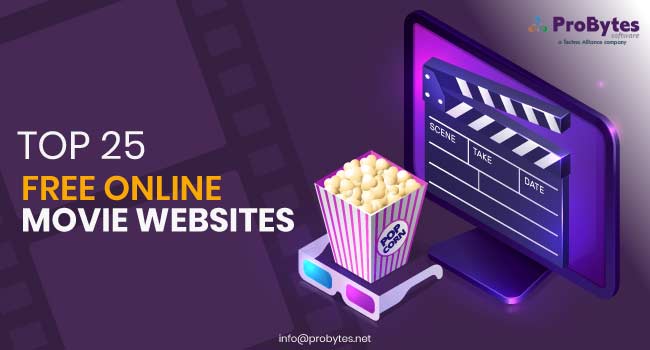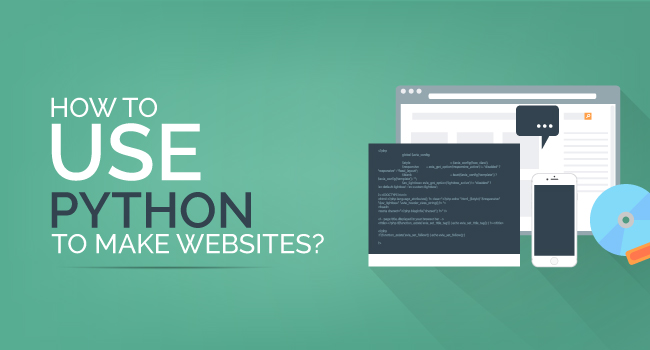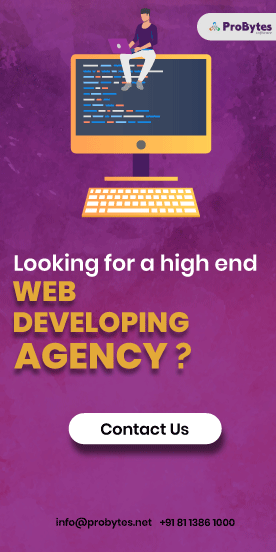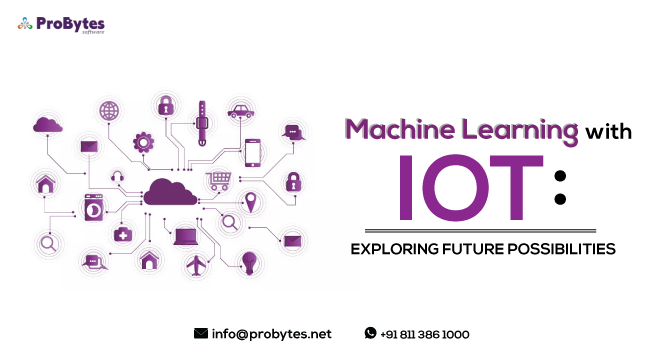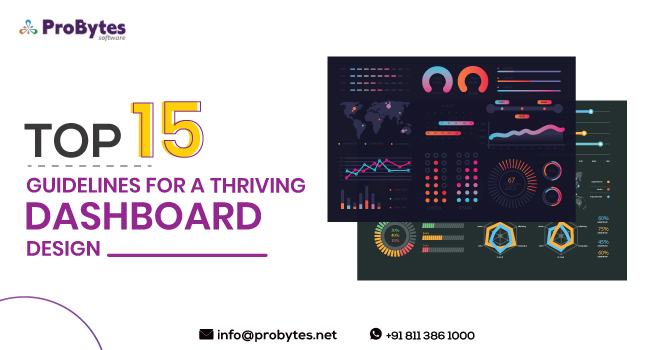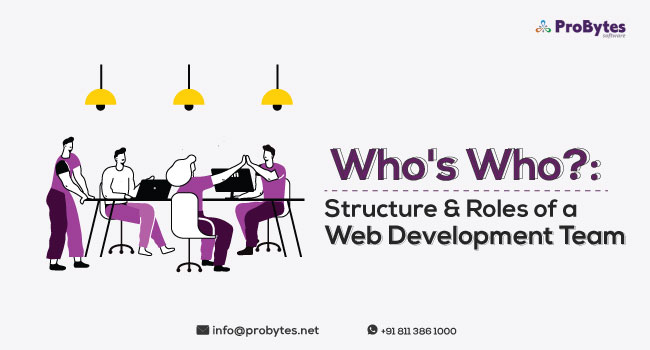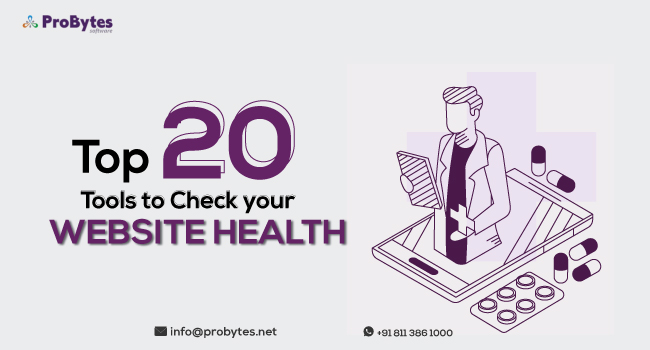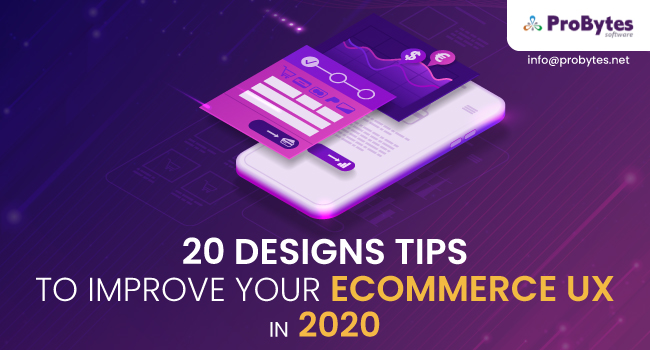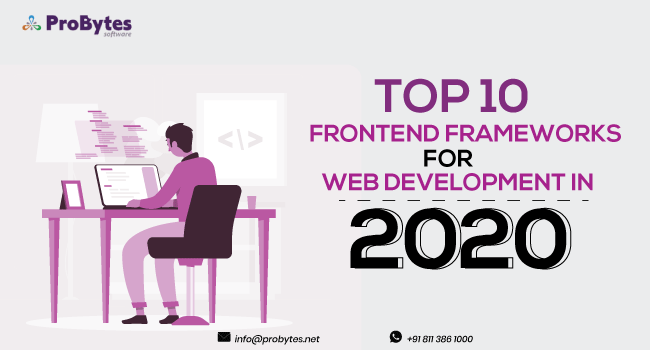Blog Category(283 Blogs)
Data Science and Predictive Analytics is Changing Healthcare
The main reason to use the technology in the healthcare sector is that Data science can be used to save a lot of lives whereas
Predictive Analysis can help in predicting the tumour of a patient with the help of MRI.
This system will also help in the mis-classification of diagnoses via medical reports generated electronically or any sort of risk that is related to the re-admission.
Predictive and Data science model can help in a lot of ways that anyone can assume them to. The system will help in the improvement of life quality of patients and better the health outcomes of an individual.
However, there is no doubt that whole health care has its own sets of opportunities and challenges for the data scientists. Some of them are here while others will be explored with time in the future.
Impact In Healthcare
The things about the healthcare sector are that it has a plenty of data that is way too sensitive.
This whole data set includes a diverse set of medical reports such as diagnoses of illness, demographic and even clinical information incorporated on lab tests.
If a patient is suffering from some chronic disease then the detailed history and information will be much longer than expected.
The data that will be available in the hospitals or clinic will be enlarged with each and every visit of a patient.
There is a huge possibility that the reports will be added up to the external information.
The rich data of a patient including their surrounding can easily be analyzed with the help of models that can train in order to come up with a number of outcomes of awareness.
For instance, for a chronic kidney patient, you can easily use up the model that is made specifically for this task that can help in the prediction of the trajectory about the condition that can help a doctor of a clinician to decide the stage of that condition and come up with reliable recovery medical care.
Predictive model is used to notify the doctor about the patient that might require some extra inter positions that can lessen all the negative outcome risks.
For instance, this type of model is used for the prediction of any type of risk of a patient for hospitalization purpose or even the missed out on dialysis of any treatment.
However, the factors that affect the prediction along with all the predictions made are presented to the doctors so that they can come up with an accurate decision that can help a patient and reduce any sort of risk for them.
Challenges In Healthcare
With the data science and predictive analysis comes a lot of challenges that are faced by the healthcare sector. Here are the major challenges that are faced by the healthcare sectors:
1: The top most challenges of the healthcare industry are that it is far behind any other sector.
Other sectors are easily accepting the data science and predictive analytics where healthcare is facing a lot of problems to adopt the latest advancement in the technology and the tools that are widely used for analytics.
This creates a lot of challenges for the data scientists. However, it is essential to understand that the development environment and data infrastructure will never the dead end of the healthcare sector.
This leads to a lot of opportunities and scope for improvement of each technique in this sector. Even the small and traditional models can be altered in such a way that can open many scopes.
2: Next one is all about the sensitivity of the information onthe healthcare sector.
Hospitals and clinicians are afraid about the data privacy and can’t trust technology with delicate information.
This had made it difficult to access data from any company.
Hence, data scientists are required in the healthcare sector that must require to establish different protocols for the professionals of the data that can give access to information.
However, if there are no protocols then it can be extremely difficult to even access any data and will require a lot of efforts.
3: This point is related to the end-use of any of the predictive model that is used in a system.
There are major cases that show different results as per the false positives and false negatives.
A false positive is the one that will results in unnecessary treatments and costly while false negative is the one that can help in determining the health of a patient.
Hence, it is essential to have an in-depth knowledge of the prediction models and the limitations that can come across end-users.
Another important point is that, it is important to determine that the output that comes out of the prediction model is actionable or not.
However, if you are using a prediction model on a patient and the results show high-risk then it will be useful if and only if the output of a model is inter pretable that can easily elaborate the factors that are mainly responsible to put a patient at risk.
On top of that, if interventions are predicted with the help of these models then the factors must be highlighted so that a doctor can work on the change.
But if the factor is age-related then it cannot be altered but can be diminished at a certain level. This point must be kept in mind if these factors will lower the risk via interventions.
Altered Future by Data Science and Predictive Model
Data science and predictive model have a huge scope for the future in the healthcare sector.
It is promising with the help of wearable devices that can track off the performance of an individual.
These devices are used to track the biometric data and activities making them more sophisticated and extremely common.
The data is streamed with the help of some treatment devices or wearable devices in the real-time that can send of an alert to a doctor about the health status outside the premises of a hospital or clinic.
The major issue that is faced by the providers of the medical field is that the data is tended to exist in the storage tower. The integration is not widely used for these major medical electronic records that result in the fragmented care of data.
This practice results in a doctor or clinicians receiving incomplete or outdated information about a patient. It is also possible for them to receive duplication of treatment.
However, it is possible to integrate this system so that data can be accurate and relevant with the help of data engineering. This single tweaking changes the face of this sector and will vastly impact the work load.
It will increase the impending of data engineers and data scientists. Then they can offer more accurate analytical services that will consider all the health condition of a patient result in the more consistent result.
This system will eliminate the problem of duplication of data, prescription of any dangerous drugs or procedures.
How Data analysis and Predictive Model is Used in Health Care Now
We have read how much potential data science and predictive model will have in the field of healthcare.
It can help in expertise the sector with small tricks and tips as explained above. However, we have summed up a few major ways that can help in enhancing the importance of data science and predictive modelling in healthcare.
-
Now, it is possible to put wearable devices in used that can track, monitor and on top of that prevent any heart-related condition by sending an alert to the respective clinic or hospital.
-
It is a great way to improve the diagnostics of a patient with the help of tracking history and predicting the results accurately with efficiency.
-
Now, it is better to turn out the patient care into the precision medicine that can track and monitor the history including symptoms and treatment before coming up with reliable results.
-
This system is advancing towards the cure of chronic diseases with the help of pharmaceutical research.
-
It will help in the optimization of clinical performance that won’t have to undergo all the data since the machine will give an insight into the problem with the help of diagnosis.
Conclusion
There is so much about data science and predictive analytics that can be offered to the healthcare sector.
These models much are adopted in the system that can end up in the improvement of the health of a patient. This has even increased the opportunities for the data scientist in the healthcare industry.

 Python
Python Magento
Magento Odoo
Odoo How To
How To How Much
How Much Yii Development
Yii Development Core PHP
Core PHP Prestashop
Prestashop Latest News
Latest News Education
Education Web Design
Web Design Business
Business Ecommerce
Ecommerce Travel
Travel Banking and Finance
Banking and Finance Web Development
Web Development Ruby On Rails
Ruby On Rails Joomla Development
Joomla Development Ecommerce
Ecommerce Magento Development Services
Magento Development Services Hire a Developer
Hire a Developer Web Crawling Services
Web Crawling Services





